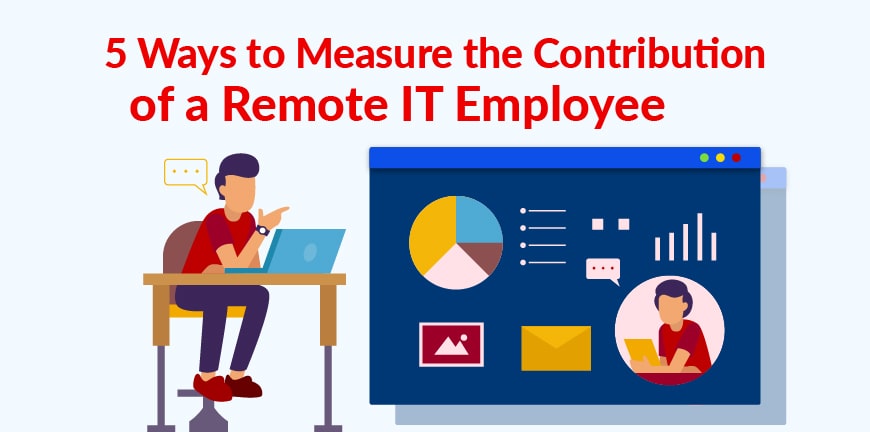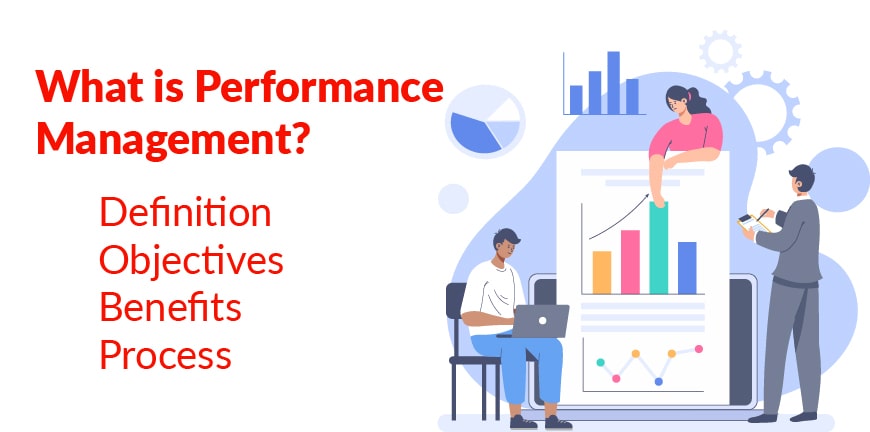
Sustainable Careers on the Rise: In-Demand Jobs Shaping Europe’s Green Economy
30/01/2024
How the Metaverse Could Reshape the World of Work?
09/02/2024Remote work was adopted as a way of working during the pandemic and it quickly became the new normal. And companies were instantly looking at ways to measure the productivity and efficiency of IT employees working for them. But just a year after we shut the doors on the pandemic, companies started calling most of their employees back. Many businesses saw profits during the pandemic even with a remote workforce. This learning of course has prompted them to allow at least the freelancers and contract workers on their team to work remotely, if not all employees.
What are the Benefits of a Remote IT Workforce?
It has also helped such companies secure remarkable talent operating from anywhere; talent that can make the difference to the balance sheets at the end of the year, reducing time to value and driving profits. And when managing a remote workforce, what is the one parameter that every manager is concerned about? That’s productivity.
Let us look at some convinceys to measure the productivity of a remote IT team and a specific employee, because eventually employee productivity is the fuel that drives your business’ ROI at the end of the year and convinces investors to continue investing in your business. And we are here to show you how to measure and manage the productivity of a remote IT team.
How to Measure the Productivity of an IT Employee?
There are several ways to measure the productivity of a remote IT employee. Let’s start with the simplest and move on to the more advanced ways of measuring it.
1. Time Tracking
One of the first and easiest ways of measuring productivity is to just track the time spent at work. This is especially important for a remote employee. The time that is crucial here is that which is spent on the system. And it also makes sense to look at how that time was spent. Was it spent browsing, and if it was, could it have been pertaining to the work or spent in leisure? What was the time spent on the IDE for actual development? Or how much time was spent debugging?
These are the questions that need to be asked in time tracking. Rudimentary time tracking, which does not consider these finer aspects does not really help. Also, one needs to consider if the time spent accommodates the complexity of the work. We cannot really blame an employee if the work is overly complex, and more time has been spent. Managers need to be cognizant of this as well.
2. Calculation of Productivity
This is a very simple way of calculating productivity. Let us say you launched two mobile applications as a team in 3 months. The total revenue generated was $20000. Let us say the team worked on the apps for 200 hours. Then the productivity would be $20000 by 200 which equals $100/hr, which given the complexity of the project may be a good output. This is, however, the productivity of the entire team.
To get an individual employee’s productivity, simply divide this by the number of employees in the team. Productivity gives a good idea of how well your software engineers worked during the project. If they have performed much better than they are supposed to, you can even then put the extra costs to your future clients, reworking the pricing so you can pay your employees better in the future. Thus, such measurement of productivity also gives you an idea of how to price your services in the long run.
3. Contribution to Revenue
What is an individual employee’s contribution to revenue? If the management spent $3000 on an employee a month, but the employee’s contribution to revenue was $5000 a month, then the employee exceeds expectations and can be paid a few hundred dollars more.
If the employee’s contribution is only $2500, where it should have been $500 more at least, then the management must consider options such as training the employee to remove the skills deficit, understanding the challenges they are facing at work and trying to resolve them before asking the employee to leave.
4. Calculation of Efficiency
How efficient are the software engineers on your team? Do you already have a measure of efficiency that has worked for you? Please stick to that if it has helped your business grow. Here is one you could use if you don’t have one presently. One must remember that productivity looks at quality whereas efficiency looks at quality.
To calculate efficiency, you must be well established, must have worked on something similar before so you know exactly how long it would take to finish the job. You must use this as a reference to calculate efficiency. Then you must divide the actual number of hours taken by the ideal number of hours (reference) it takes to finish the job.
5. 360-Degree Feedback
The feedback one receives from their peers and managers also helps assess how good or bad they are at their work. This inclusive and constructive feedback one receives from their peers, managers and even subordinates is called 360-degree feedback. The feedback forms sent to peers, managers and subordinates must have different questions asked and different skills assessed.
Once the feedback is received, someone from the higher management can review it and assign a score to each aspect, arriving at a points summary for each form. The points received can be weighted, assigning each group or subgroup, if any, more importance than another. The sum of the weighted points is aggregated, and a score can be assigned to each employee. This will prove useful not just to assess the productivity of a remote IT employee but also to assist with performance reviews and appraisal assessments as well.
Closing Words
Measuring productivity and efficiency is very important because it helps you achieve more with less resources, if you are a startup. It can also help you achieve more in less time. It also gives you more insight into how you should charge your clients for your services and if the targets you are setting for your employees are reasonable or not.
Because in the end, you need the goodwill and strength of your employees to reach your goals in time and build your brand’s reputation. Productivity or efficiency is just a health check; people are your greatest assets. Any measure of productivity must be effective, inclusive and empathetic.
Contact Us For Business Enquiry

Rajkumar Shanmugam
Rajkumar Shanmugam is the Head of HR at ALP Consulting, bringing over 19 years of comprehensive HR leadership experience across India and international markets. His expertise spans talent acquisition, employee relations, performance management, compliance, and HR transformation. Rajkumar has a proven track record of driving people-centric initiatives, enhancing workplace culture, and aligning HR strategy with business goals. With extensive experience in US staffing operations and global mobility, he continues to lead organizational excellence through innovation and employee engagement.




